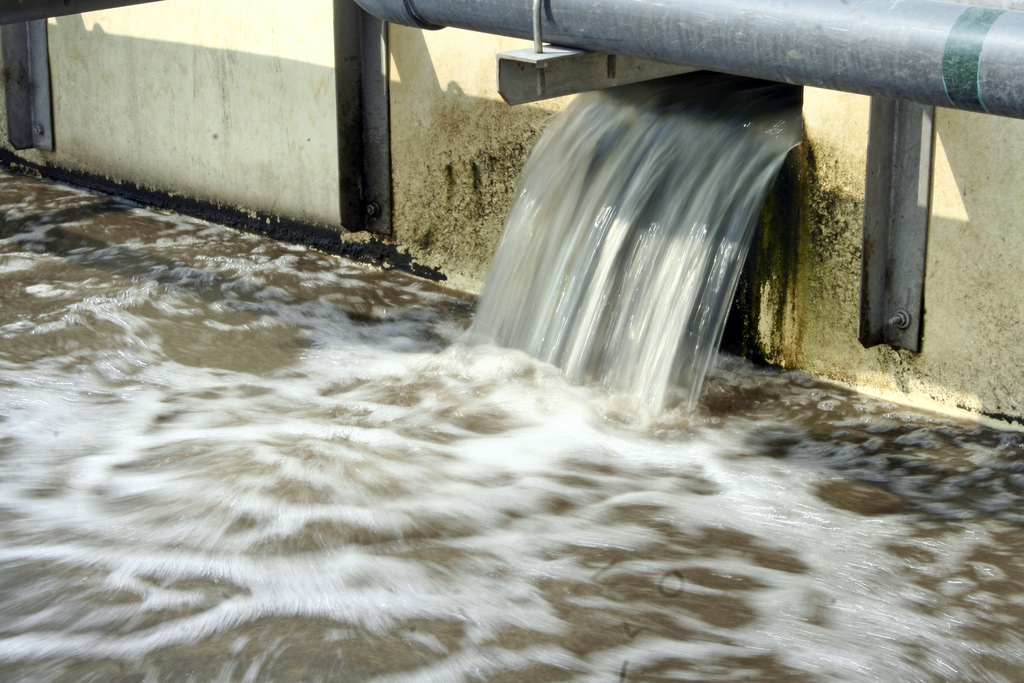New database from UBA tracks global prevalence of pharmaceuticals in the environment
In recent years further research has been conducted into the issue of pharmaceuticals in the environment, and an increasing number of reports and publications have measured concentrations of pharmaceutical substances in the environment. Pharmaceuticals are now known to occur widely in the environment in industrialised countries: in 2010, 156 pharmaceutically active substances were detected in the German environment as a result of a research project by the German Environment Agency (UBA).
In developing countries, further monitoring results have recently become available, but a clear picture of the prevailing concentrations was still not available. Therefore, in 2012 UBA initiated a project to assess the state of knowledge about the global occurrence of pharmaceuticals in the environment.
Database
Data was collected through a comprehensive literature review of 1,016 original publications and 150 review articles. The measured environmental concentrations of human and veterinary pharmaceutical substances reported worldwide in surface water, groundwater, tap/drinking water, manure, soil, and other environmental matrices were compiled in a systematic database. As a result, the UBA database on pharmaceuticals in the environment contains 123,761 entries.
The UBA database is free to access and can be used by many different stakeholders with an interest in the topic of pharmaceuticals in the environment. It allows users to search for data pertaining to their particular region or the pharmaceutical substance of interest to them.
“We hope the database and respective background material will be used by all kinds of stakeholders in order to minimise the continuous entry of pharmaceuticals in the environment around the world” - Anette Küster, UBA
Results
Analysis of the database shows that whilst data for emerging and developing countries is becoming increasingly more available, it still does not match the volume of data available for industrialised countries.
In total, 631 different pharmaceuticals (or their transformation products) were detected in the environment of 71 countries worldwide. Of these pharmaceuticals, 16 were found in surface, ground, drinking, and tap water in each of the five UN regional groups.
In many countries, certain pharmaceuticals prevail in surface waters at concentrations above their effect threshold, indicating possible adverse ecotoxicological effects in these locations. The anti-inflammatory drug diclofenac, for example, has been detected in the environment of 50 countries, in several locations, and at ecotoxicologically relevant concentrations.
Additionally, results show that urban wastewater seems to be the dominant emission pathway for pharmaceuticals globally, whereas emissions from industrial production, hospitals, agriculture, and aquaculture are important locally.
A global problem with local ‘hot-spots’
The results of the study and the database show that pharmaceuticals in the environment are a global problem affecting all regions. However, “hotspots” - specific regions of entry for pharmaceuticals in the environment, are a bigger problem. These hotspots are often located in regions with high emissions from industrial production, hospitals, agriculture, and aquaculture.

Photo: World Bank via Flickr CC
It has been shown that the production of pharmaceuticals can lead to relatively high concentrations of pharmaceutical substances in well water that is usually used as drinking water in these regions.
Consequences
Since pharmaceuticals are specifically designed to cause pharmacological effects in living organisms, it is unsurprising that a growing body of literature shows that pharmaceuticals have adverse effects on wildlife and the health of ecosystems.
Different organisms in the environment can be affected in different ways, depending on the specific effect of the pharmaceutical substance. For example, fish and snails are affected by very low concentrations of the contraceptive: 17α-ethinyl estradiol. This drug can drastically alter their reproductive organs and cause the feminisation of male animals, and as consequence of this endocrine effect, these animals can no longer reproduce and the population is weakened.
Antibiotics might also inhibit the growth of plants and algae, whilst antiparasitics that are used to treat livestock on pastures adversely affect insects found in dung.
Many examples have shown that these adverse effects can be replicated in laboratory studies. However, the detrimental effects of pharmaceuticals were also observed in field studies and under natural conditions.
It is difficult to assess the potential long-term health risks of trace amounts of pharmaceuticals in drinking water, especially given that drinking water is currently not systematically monitored for pharmaceutical residues. This situation has triggered public concerns about the quality of drinking water.
With rising, ageing populations in industrialised countries, and increasing access to healthcare in developing countries - the production, use, and disposal of pharmaceuticals is expected to grow. As a result, pharmaceuticals will increasingly be released into the environment, unless adequate measures are taken to manage the related risks.
Find out more:
- The UBA database is available to access free of charge here
- You can find out more information about the database here
- Find UBA’s publications and other links related to the database here
- Join HCWH Europe’s Safer Pharma campaign here
- Watch HCWH Europe’s Safer Pharma webinar here
- Download HCWH Europe’s Pharmaceuticals in the Environment infographic here
